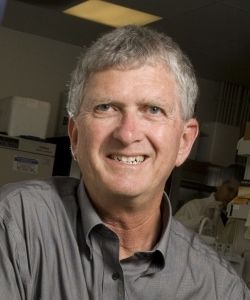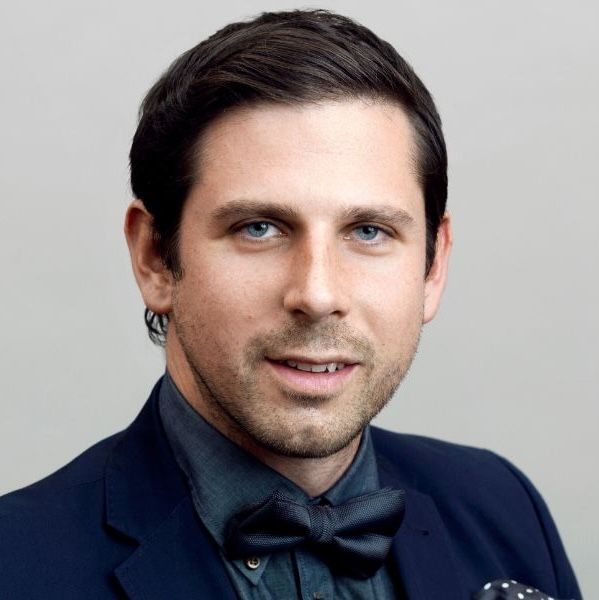Article
Manufacturing Breakthrough Could Set Stage for More HIV Vaccine Trials
Author(s):
A new method of manufacturing HIV vaccines holds the promise of speeding up the process and lowering the cost.
Phil Berman, PhD, a professor of biomolecular engineering at UCSC

Phil Berman, PhD
Scientists say a new breakthrough in the manufacturing process for HIV vaccines could make it easier for new vaccine candidates to make it to clinical trials.
Researchers at the University of California, Santa Cruz (UCSC), have developed a new manufacturing method that can shorten the time it takes to manufacture vaccines, and also complete the process at a lower cost.
Phil Berman, PhD, a professor of biomolecular engineering at UCSC, said the breakthrough is centered on a key component of an HIV vaccine, the HIV envelope protein, a notoriously difficult protein to manufacture.
“It’s a very complicated protein,” he told MD Magazine. “The strategies that have worked well with other biopharmaceutical products haven’t worked that well for the envelope protein. Part of it is because it’s got a lot of carbohydrate on it, and part of it is it’s difficult to express.”
Thus, while there have been plenty of ideas for HIV vaccines, very few of them have actually reached the clinic. Berman hopes to change that.
Berman and his colleagues were able to use a new robotic method to isolate cell lines that are high producers of HIV envelope proteins. By isolating those lines, the researchers were able to produce stable cell lines within 2 to 3 months, as opposed to the previous timeline of 18 to 24 months. The yields of those cell lines far exceed the yields of the cell lines previously used in vaccine development.
That higher yield makes it possible to achieve the required results in smaller bioreactors, something that will significantly reduce the cost of vaccine development.
Berman shared his research at the Keystone Symposia Global Health Series, in Alberta, Canada. While the findings are expected to be published in a series of papers later this year, he said he’s already received inquiries from interested parties eager to learn more.
“I heard from a number of companies at the meeting and they’re interested in the technology,” he said. “I heard from a lot of academic investigators who are interested in it as well. I think through the talk at the meeting we got the word out that there’s a new way to do this now.”
Berman’s own lab has 2 cell lines which are ready to be used in vaccine development, though the university is still in the process of locating partners and funding to bring the candidates to fruition.
Berman said he’s heartened to see more focus on a critical area of the vaccination development process, a space that didn’t always get a lot of attention.
“Considerations such as manufacturing have maybe gotten less attention than discovering new things,” he said. “...I think a lot of universities and funding organizations are beginning to focus on translational medicine and how to get the products actually made and into the clinic. I think the new focus on translational medicine is really good and will really help the field.”
Moreover, Berman said the advances made in support of an HIV vaccine, could also be helpful with other tricky emerging infectious diseases, particularly those like Ebola, which can arise quickly.
Related Coverage >>>
FDA Warns of Long-Term Cardiovascular Mortality Risk With Clarithromycin





